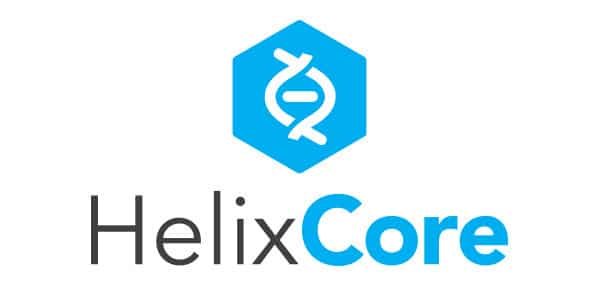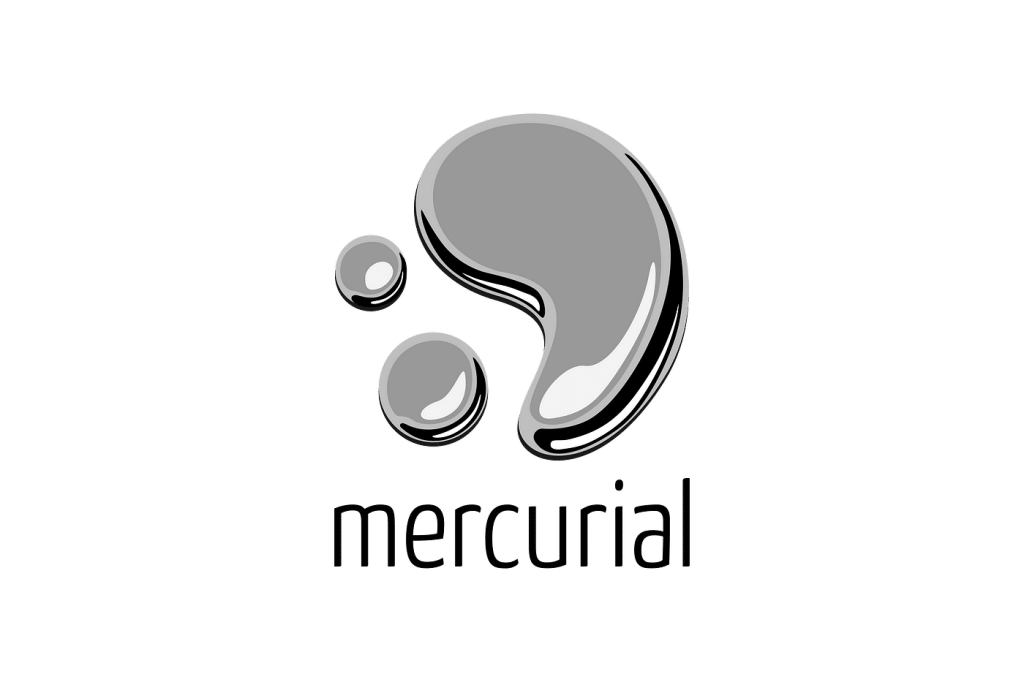As a Unity game developer, maintaining and managing your project’s codebase is crucial. Version control systems (VCS) are indispensable tools that help you track changes, collaborate with team members, and prevent catastrophic code losses. But with several options available, which is the best version control for Unity game projects? This blog post dives into the top VCS choices, their pros and cons, and offers use case scenarios to help you make an informed decision.

1. Git
Pros:
- Widely Used and Supported: Git is one of the most popular VCS, with a robust support community and extensive documentation.
- Distributed Version Control: Every team member has a complete copy of the project history, ensuring redundancy.
- Branching and Merging: Git’s branching model is powerful, allowing for multiple development branches and seamless merging.
- Integration with CI/CD Tools: Git integrates well with various continuous integration and delivery tools, enhancing automated testing and deployment processes.
- Platform-Agnostic: Works on all major operating systems and integrates with numerous development environments.
Cons:
- Steeper Learning Curve: Beginners might find Git’s concepts and command-line interface challenging.
- Large Binary Files Issue: Git isn’t optimized for handling large binary files, which can be common in game development.
- Complex Merge Conflicts: Resolving merge conflicts, especially in large teams, can be complex and time-consuming.
Use Case Scenario: For a small indie game development team using Unity, Git is ideal due to its distributed nature and powerful branching capabilities. Developers can work on different features simultaneously, merge changes efficiently, and maintain a clean codebase. Tools like GitHub and GitLab provide excellent hosting services with additional features like issue tracking and project management.

2. Plastic SCM
Pros:
- Optimized for Large Files: Plastic SCM is designed to handle large binary files, making it suitable for game assets.
- Branching and Merging: Provides advanced branching and merging capabilities tailored for game development.
- Graphical Interface: User-friendly GUI that simplifies version control operations.
- Integration with Unity: Deep integration with Unity, including features like scene merging.
- Distributed and Centralized: Offers both distributed and centralized version control models, providing flexibility.
Cons:
- Cost: While Plastic SCM offers a free tier, more advanced features come at a cost, which can be a consideration for indie developers.
- Learning Curve: Despite its user-friendly interface, some advanced features might require time to master.
- Smaller Community: Compared to Git, Plastic SCM has a smaller user community, potentially making it harder to find solutions for specific issues.
Use Case Scenario: A mid-sized game studio working on a complex Unity project with numerous large assets would benefit from Plastic SCM. Its ability to handle large files and detailed branching and merging tools make it easier to manage and integrate diverse assets and code changes. The graphical interface also helps non-developers, like artists and designers, participate in the version control process.

3. Perforce Helix Core
Pros:
- Performance with Large Projects: Perforce Helix Core is known for its performance, even with very large projects and numerous binary files.
- Locking Mechanism: The file locking feature helps prevent merge conflicts by allowing users to lock files they are working on.
- Scalability: Scales well with large teams and complex projects.
- Integration with Unity: Strong integration with Unity, including tools like P4Connect.
- Granular Permissions: Provides detailed access control and permissions, enhancing security and management.
Cons:
- Cost: Perforce can be expensive, especially for smaller teams or indie developers.
- Complex Setup: The initial setup and configuration can be complex and might require dedicated server infrastructure.
- Learning Curve: Users might need training to utilize Perforce effectively due to its extensive feature set.
Use Case Scenario: A large game development studio with a significant number of developers and complex Unity projects would find Perforce Helix Core beneficial. Its robust performance with large files, detailed permissions, and integration with Unity ensure that even the most extensive projects are manageable and secure. The locking mechanism also helps avoid costly merge conflicts in a collaborative environment.

4. Unity Collaborate
Pros:
- Simplicity and Integration: Built directly into Unity, making it easy to set up and use without leaving the Unity environment.
- User-Friendly: Intuitive interface, perfect for beginners or small teams.
- Cloud-Based: No need for additional server setup; everything is managed in the cloud.
- Collaborative Features: Real-time collaboration features facilitate easy sharing and version control within Unity.
Cons:
- Limited Features: Lacks advanced features found in other VCS like Git or Perforce.
- Scalability Issues: Not ideal for very large projects or large teams due to limitations in handling large files and complex merge scenarios.
Cons (continued):
- Cost for Large Projects: While there is a free tier, costs can add up for larger projects or teams requiring more storage and features.
- Dependency on Unity Services: Completely reliant on Unity’s cloud infrastructure, which might be a concern for some teams.
Use Case Scenario: Unity Collaborate is an excellent choice for small indie teams or solo developers who need a straightforward version control system integrated directly within the Unity editor. It simplifies the workflow, enabling quick setup and real-time collaboration without needing extensive version control knowledge.

5. Subversion (SVN)
Pros:
- Centralized Version Control: SVN’s centralized model ensures all changes are tracked in a single repository, simplifying version control for some workflows.
- Binary File Handling: Handles binary files better than Git, though not as well as Plastic SCM or Perforce.
- Mature and Stable: SVN is a mature, stable version control system with extensive documentation and support.
- Access Control: Provides robust access control and permission management.
Cons:
- Centralized Model Drawbacks: The centralized model means that if the central repository goes down, the entire team is affected.
- Merge Conflicts: Merging branches can be more cumbersome compared to Git’s model.
- Setup Complexity: Requires setting up and maintaining a server, which might be complex for smaller teams.
Use Case Scenario: A small to mid-sized studio with a dedicated server setup and a preference for a centralized version control model might opt for SVN. Its stability and mature feature set make it a reliable choice, especially for teams that can manage their server infrastructure and prefer centralized control over their repositories.

6. Mercurial (Hg)
Pros:
- Distributed Version Control: Like Git, Mercurial is a distributed VCS, providing redundancy and flexibility.
- User-Friendly: Generally considered easier to learn and use compared to Git.
- Efficient Handling of Large Repositories: Handles large repositories efficiently, making it suitable for sizable Unity projects.
- Integration with Various Tools: Integrates well with different project management and CI/CD tools.
Cons:
- Smaller Community: Mercurial has a smaller user base and community compared to Git, potentially making it harder to find support and resources.
- Less Popular: Less commonly used in the industry, which might lead to integration issues with some services and tools.
Use Case Scenario: For a development team looking for the benefits of a distributed VCS but finding Git’s learning curve steep, Mercurial is a viable alternative. Its user-friendly nature and efficient handling of large repositories can streamline version control for mid-sized Unity game projects.
Comparison Summary
| VCS | Pros | Cons | Best For |
|---|---|---|---|
| Git | Widely used, powerful branching, distributed, integrates with CI/CD, platform-agnostic | Steep learning curve, not ideal for large binaries, complex merge conflicts | Small to mid-sized teams, collaborative projects |
| Plastic SCM | Optimized for large files, advanced branching and merging, Unity integration, user-friendly GUI | Costly for advanced features, smaller community, learning curve for advanced features | Mid-sized studios, asset-heavy projects |
| Perforce | High performance, file locking, scalable, Unity integration, granular permissions | Expensive, complex setup, steep learning curve | Large studios, complex projects with large teams |
| Unity Collaborate | Simple setup, integrated with Unity, user-friendly, cloud-based | Limited features, scalability issues, cost for large projects, dependency on Unity services | Small indie teams, beginners, solo developers |
| Subversion (SVN) | Centralized, good binary handling, mature and stable, robust access control | Centralized model drawbacks, cumbersome merging, complex setup | Small to mid-sized teams with centralized control preference |
| Mercurial | Distributed, user-friendly, efficient with large repositories, integrates with various tools | Smaller community, less popular, potential integration issues | Teams seeking a Git alternative with a user-friendly approach |
Conclusion
Choosing the best version control system for your Unity game project depends on your team’s size, project complexity, and specific needs. Here’s a quick guide to help you decide:
- Git: Ideal for small to mid-sized teams who need robust branching, merging, and distributed version control.
- Plastic SCM: Perfect for asset-heavy projects and teams needing advanced branching and merging with good Unity integration.
- Perforce Helix Core: Best for large studios with complex projects requiring high performance, detailed permissions, and file locking.
- Unity Collaborate: Suitable for small indie teams or solo developers looking for simplicity and seamless Unity integration.
- Subversion (SVN): Works well for teams preferring a centralized model with good binary file handling.
- Mercurial: A great alternative to Git for teams wanting a user-friendly, distributed version control system.
By understanding the strengths and weaknesses of each VCS, you can select the one that aligns best with your development workflow and project requirements. Implementing the right version control system will streamline your Unity game development process, enhance collaboration, and ensure your project’s success.
This blog post aims to provide a comprehensive overview of the best version control systems for Unity game projects. By carefully considering the pros and cons of each option and examining real-world use cases, you can make an informed decision that enhances your development workflow and supports your project’s unique needs. Happy coding!
